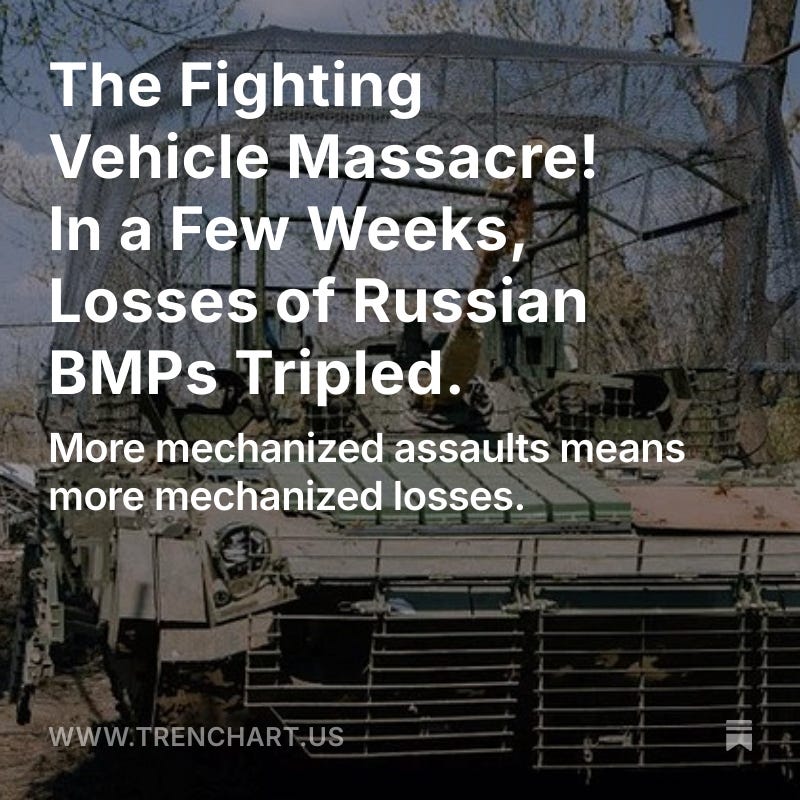The Way Out Of Myrnohrad For Ukrainian Troops Is 3 Kilometers Across. 'It Is Time … To Abandon.'
Ukrainian forces have clung to Myrnohrad too long. The town is indefensible … and escape is risky.
Ukrainian troops are nearly cut off in Myrnohrad in eastern Ukraine
The troops in neighboring Pokrovsk are in only slightly less danger of encirclement
“It is time ... to abandon” Myrnohrad, one analysis group urged
Retreat will be dangerous and costly, however
Ukrainian commanders often wait too long to withdraw from indefensible settlements
The gap between separate contingents of Russian troops advancing east and west of Myrnohrad is now just 3 km. With every passing day, it becomes much more difficult for the Ukrainian troops south of the closing Russian pincer to receive supplies through the gap—or retreat through it to the north.
The implication is clear, according to the pro-Ukraine Conflict Intelligence Team. “It is time for the [armed forces of Ukraine] to abandon Myrnohrad and the area south of it,” CIT urged.
Myrnohrad, an industrial town with a pre-war population of around 40,000, lies just east of Pokrovsk, a mining city with a pre-war population of more than 100,000. Pokrovsk and Myrnohrad anchor Ukrainian defenses in Donetsk Oblast. Capturing Pokrovsk would give the Russian Central Group of Forces a clearer shot at the twin cities of Kramatorsk and Sloviansk, 60 km to the north.
For more than a year, outnumbered Ukrainian forces have defended Pokrovsk and Myrnohrad. At tremendous cost in men and machines, the Russians ground toward the city, trading bodies and equipment for every meter of Ukrainian soil.
Initially rebuffed on the outskirts of Pokrovsk and Myrnohrad, the Russians pivoted—and began encircling the twin settlements instead of directly assaulting them. In March, the Russian 132nd Motor Rifle Brigade discovered gaps in Ukrainian defenses northwest of Pokrovsk and quickly marched north toward the village of Dobropillia, which sits astride one of just two main supply routes into Pokrovsk and Myrnohrad.
The Russians lost the subsequent battle for the Dobropillia pocket, but only after the Ukrainian 1st Azov Corps—one of Ukraine’s main formations then in reserve for emergencies—rushed toward the salient. The Ukrainian counterattack prevented the supply lines from being overrun by Russian infantry, but couldn’t prevent the best Russian first-person-view drones—flown by Rubicon and other elite groups—from striking Ukrainian vehicles speeding down the roads into Pokrovsk.
“Virtually every vehicle heading into the city comes under attack,” Ukrainian philanthropist Serhii Sternenko warned. “It’s impossible to quickly evacuate the wounded. It’s impossible to deliver supplies and ammunition on time. The main losses aren’t at the positions, but on the road.”




How many troops are still in these two towns?
What heavy equipment is still there?